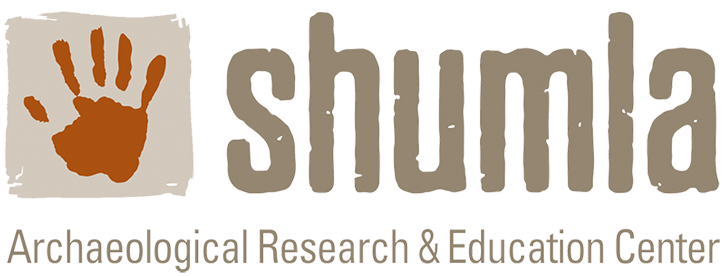The Hearthstone/National Endowment for the Humanities Interviews
The Hearthstone/National Endowment for the Humanities Interviews
by Phil Dering and Carolyn Boyd
In 2016, Carolyn Boyd and Kim Cox suggested that Pecos River style (PRS) murals are visual narratives containing evidence of el nucleo duro (the hard nucleus), a widespread Archaic core of beliefs persisting across time and across cultural, linguistic, and geographic boundaries. If this is true, then Indigenous people living today should be able to relate PRS imagery to their cosmology. In 2021, Carolyn was awarded a National Endowment for the Humanities (NEH) grant through her position at Texas State University to test this hypothesis. Shumla received a subaward as part of this collaborative grant.
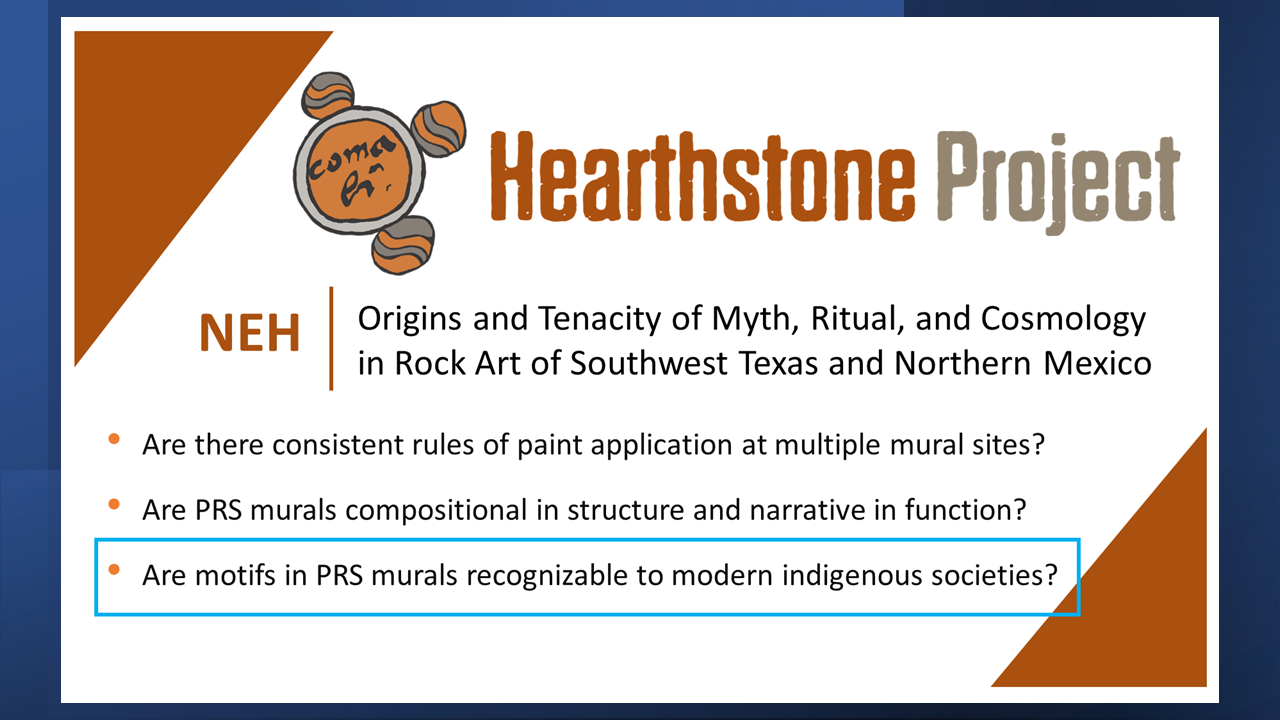
Figure 1: The National Endowment for the Humanities component of the Hearthstone Project. Searching for the Archaic Core
Previous blogs detailed our NEH research design, methods, and experiences while in Mexico. This blog provides a brief account of the interviews with Huichol elders and shamans.
The path to finding evidence for the Archaic core is guided by three questions:
- Are there consistent rules of paint application at multiple PRS sites?
- Are PRS murals compositional in structure and narrative in function?
- Are motifs in PRS murals recognizable to modern Indigenous societies?
We had answers to the first two questions by the time Carolyn and Phil left for Mexico. Using digital microscopy and creating Harris matrices to diagram paint stratigraphy, we had determined that Pecos River style artists followed a strict painting sequence to create complex compositions. This paint application order persisted across the region and throughout the 4,000 years of mural production.
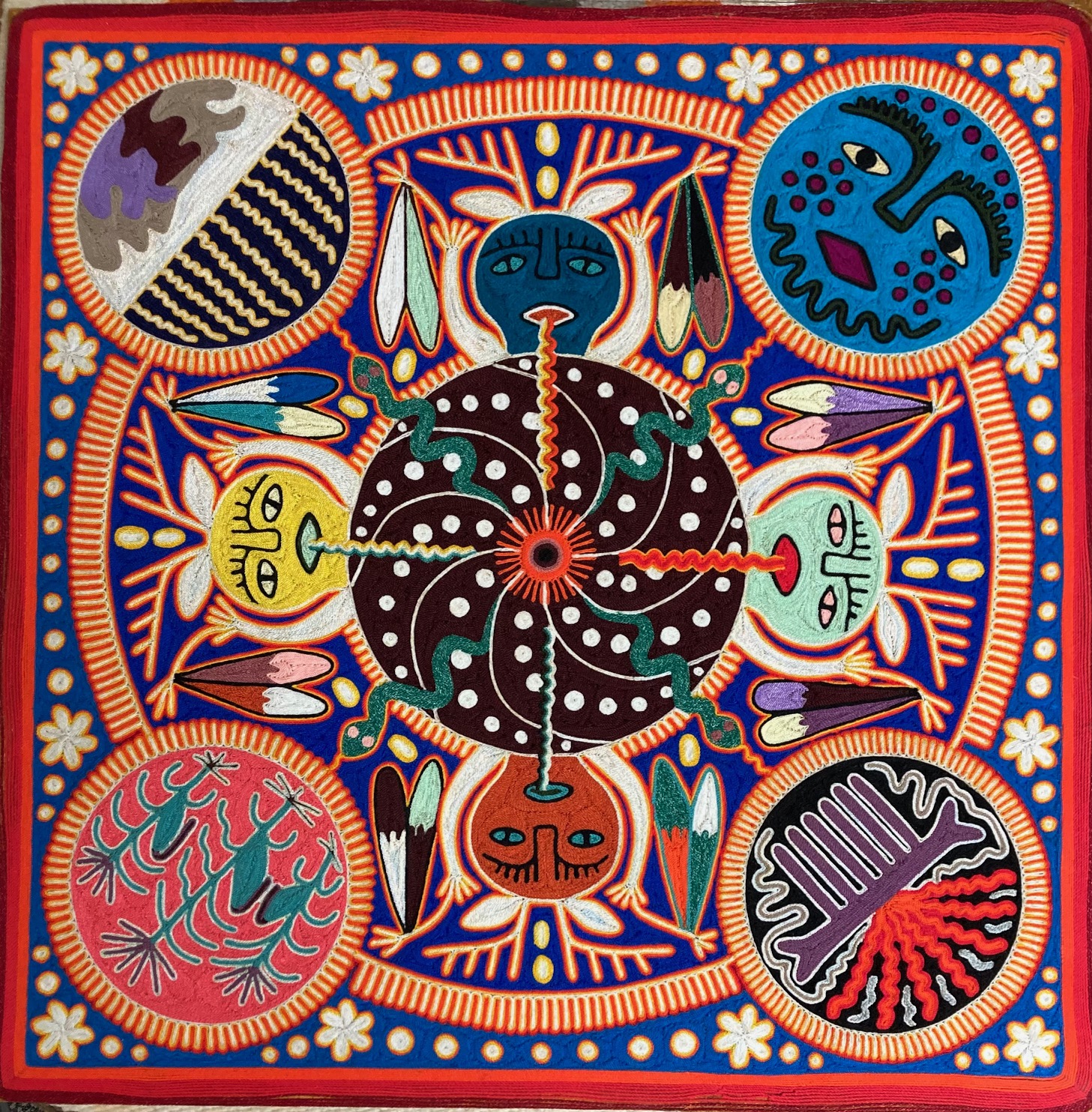
Figure 2: The symbols in Huichol yarn paintings carry meaning and tell stories. Here the four corners of the cosmos are depicted with peyote at the center (yarn painting by Alejandro López, ca. 1998).
We chose to visit Huichol elders because they continue traditional practices that have been passed down through the generations. Scholars have said that anyone who wants to understand Mesoamerican cosmology must study Huichol cosmology. We decided to work in the opposite direction, to test that assertion by seeing whether Huichol elders and shamans could read the symbols in PRS art painted at least 2,000 years ago.
We are not saying that the Huichol painted Pecos River style art, nor are we making one-to-one interpretations of the art using Huichol imagery. Instead, we are testing the idea that the cosmology of the Huichol and other Indigenous groups might retain core elements of an ancient belief system, one that is thousands of years old.
To secure the interviews, Carolyn and Phil traveled with anthropologist Stacy Schaefer and ethnobotanist Jim Bauml to the Huichol community of San Andrés Cohamiata, Mexico, and met with seven shaman-elders. Stacy and Jim have conducted fieldwork in this Huichol community for about 40 years. They arranged housing in San Andrés and set up interviews with Huichol elders.
The interviews were open-ended. Carolyn and Stacy began by showing the interviewee a notebook with photos of the locations of the murals, canyons and rockshelters. They would explain that the art was thousands of years old and showed them photos of specific Pecos River style motifs, as well as large scrolls containing Carolyn’s illustrations of the murals. To avoid influencing their reactions to the art, they simply asked the interviewee if they had any thoughts as to what the images might represent. We had no idea where the conversations would lead us.
Interviews in the Barrancas
Our first interviews were conducted in the barrancas southwest of the mesa occupied by San Andrés Cohamiata in an area locally known as tierra colorada. We were staying at our hosts’ ranch, Jorge and Cristalina. The ranch lies at 4,800 ft (1,465 meters) elevation. Footpaths and a few dirt roads wind along steeply inclined contours; there is no straight line from one place to the next. Rounded rocks litter the surface. Walking is difficult for the uninitiated, but the locals move so quickly there were times we just stopped and watched them.
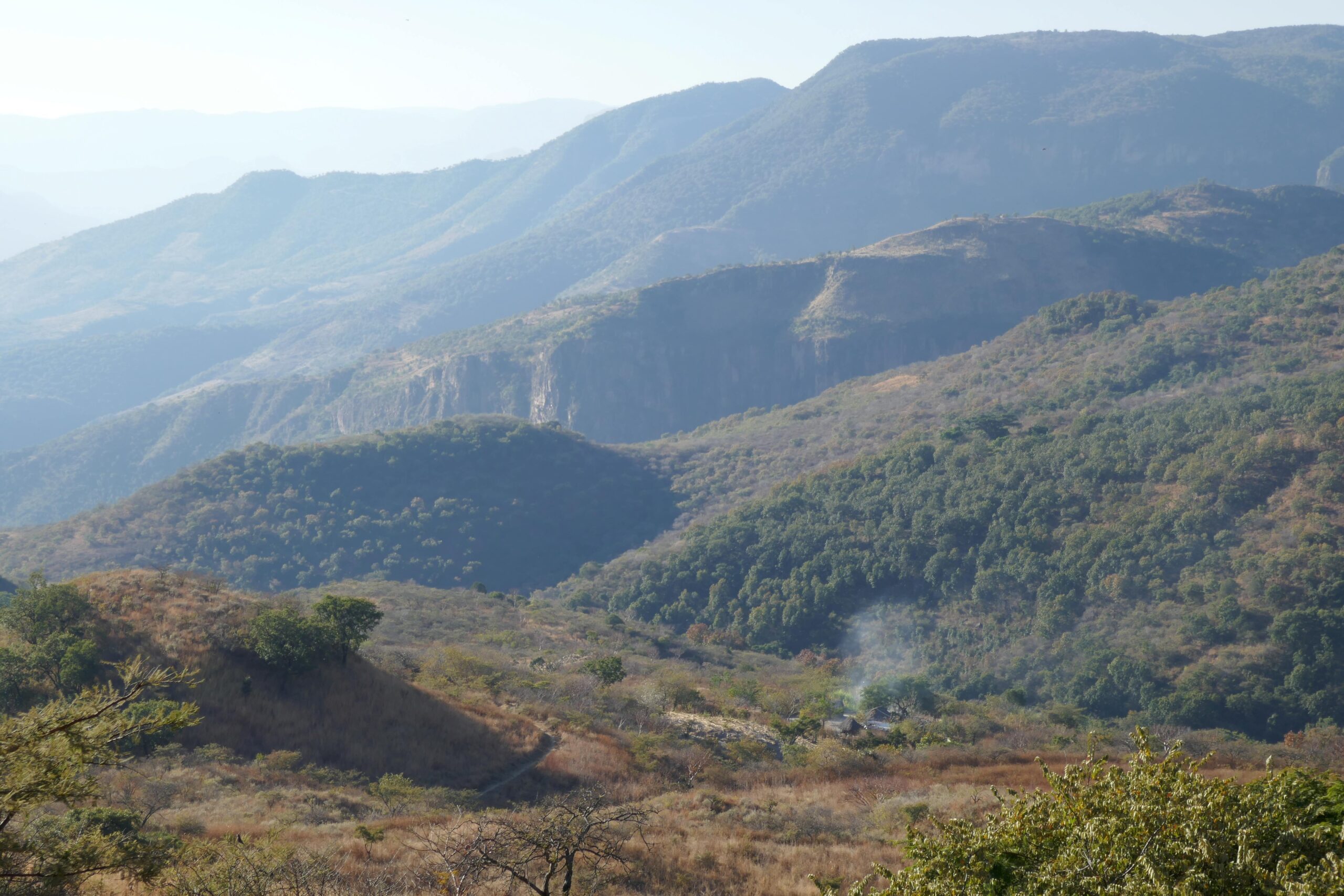
Figure 3: The barrancas in this area of the Sierra Madre are located in middle elevations in a landscape broken by deep canyons (Photos by Phil Dering unless otherwise noted).
#1 Marakame Antonio
Antonio, the first person we interviewed, was Jorge and Cristalina’s neighbor. On our second day in the barrancas, Jorge walked over to Antonio’s rancho, arranged the interview, and returned quickly to get us. In a land where time is measured in annual cycles, we had to be prepared to move at a moment’s notice. This pattern was repeated often.
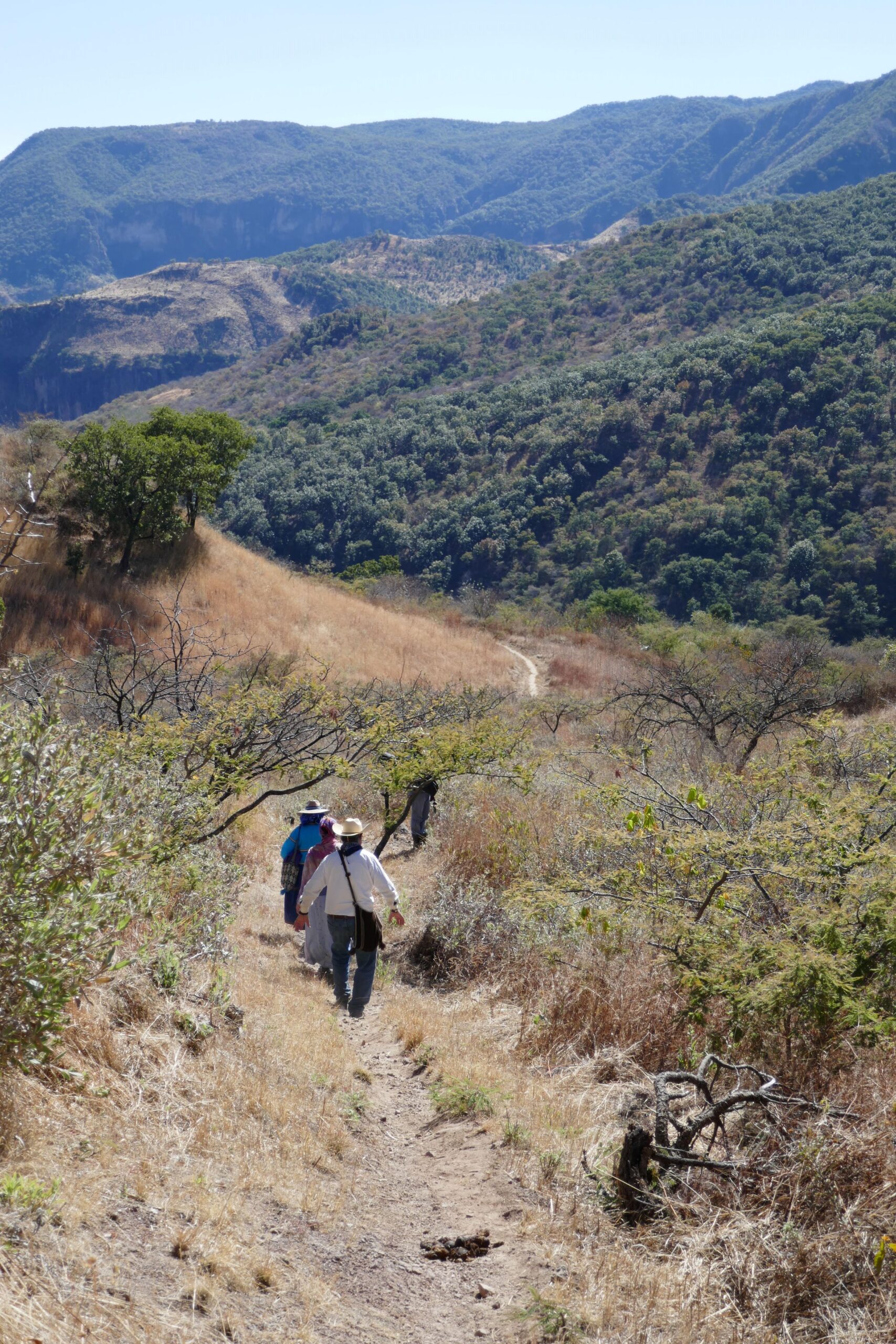
Figure 4. Antonio lived about 25 minutes on foot from where we stayed.
Antonio is a marakame (shaman) and the keeper of a sacred place with rock images on a mountain that was visible in the distance but located several hours by foot from the rancho. We were not able to visit the site.
Antonio was somewhat reclusive and would only face in Jorge’s direction during the interview. He did not want us to take photos. His wife sat on the other side of the table and interjected often. The challenge of recording someone facing away from us was complicated by gusting winds and squabbling chickens. The interview was equally difficult for Jorge, who was translating from Huichol to Spanish. Spanish is not his first language and cosmological concepts are difficult to translate. We did, however, capture almost all of the interview, give or a take an occasional interjection from a chicken.
Despite these challenges, the first interview was a success. Both Antonio and his wife supplied valuable insights and even shared a never-before-documented myth about a Huichol rock art site.
#2 Alicia
Our second interview was with Alicia, who demonstrated how to make gourd prayer bowls and how to make the paint used inside the bowls. Although we did not have the opportunity to show her images of the rock art, she taught us that it is not only the colors that make their prayers visible and audible to the gods, but also the ingredients in the paint.
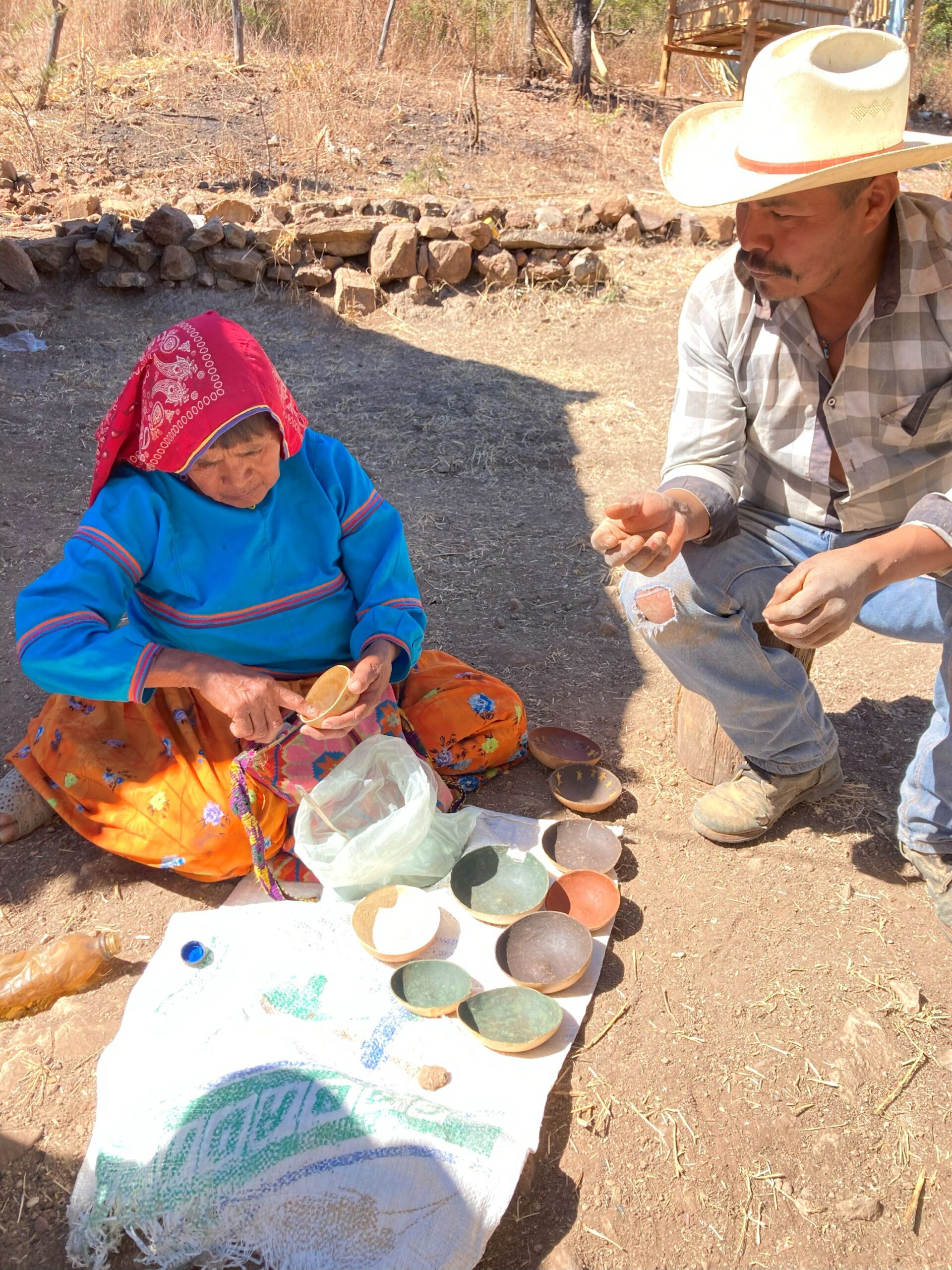
Figure 5. Alicia applies paint to bowls as Jorge translates.
#3 Marakame Servando
We had been waiting for Servando to arrive for a couple of days, but we were running out of time—Jorge had business to conduct in San Andrés and we had to leave the rancho in the barrancas. Shortly after sunrise as we were packing the truck to leave, we spotted a man with two walking sticks heading our way on a path leading from the direction of Carrizal. We quickly unpacked the recording equipment, notebooks, etc., and prepared for the interview. Servando had walked from Carrizal, about three hours away, the night before but had arrived after dark. Not wanting to disturb us, he spent the night in the family’s xiriki (ancestor god house). Following brief introductions and a quick cup of coffee, Carolyn and Stacy began to share the Pecos River style images. Servando eagerly shared his thoughts about the imagery, sometimes with certitude and sometimes with hesitancy. Many of his insights are proving to be very helpful to our interpretive studies of the art.
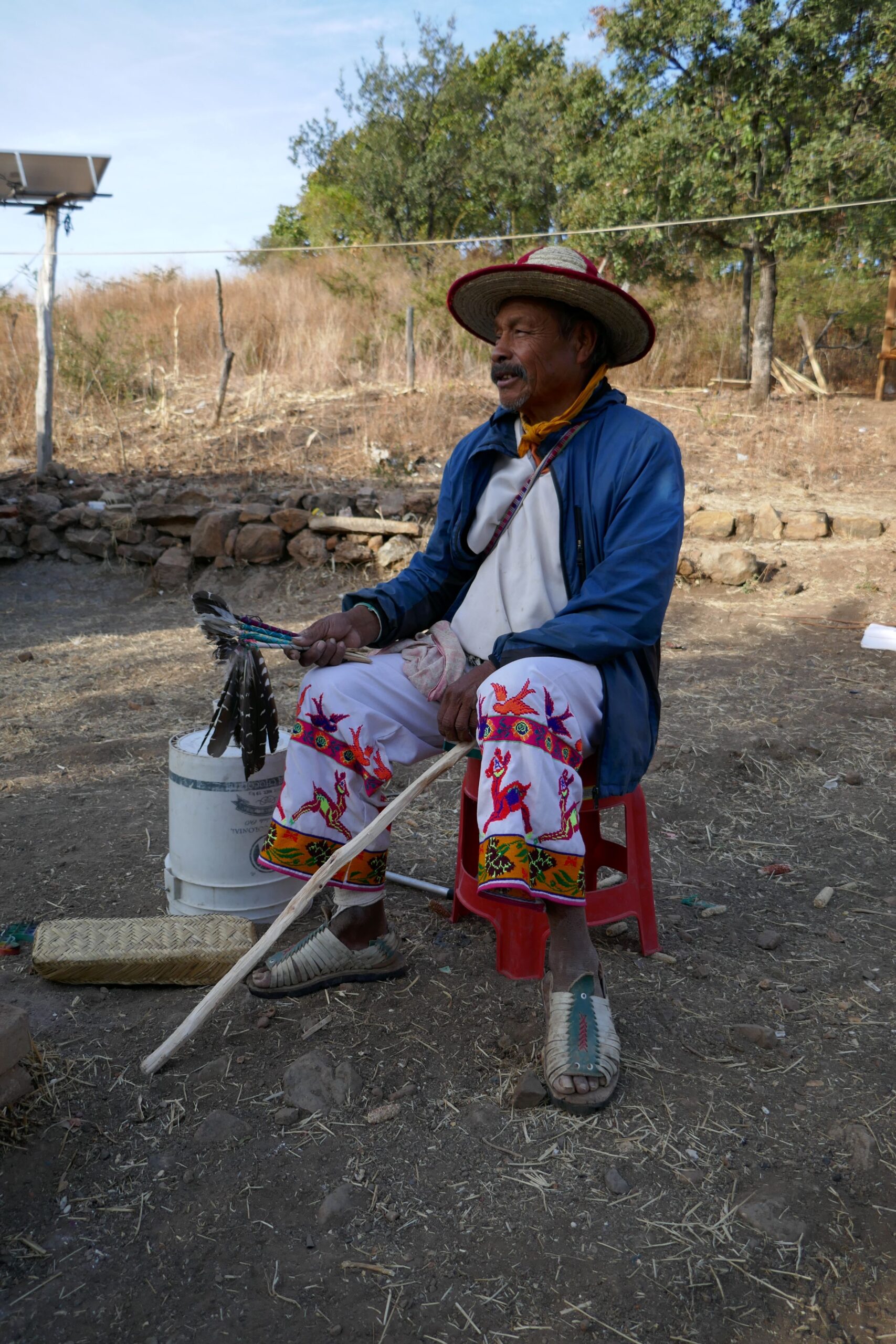
Figure 6. Servando.
Interviews on the Mesa
#4 Marakame Estela
Our fourth interview was with marakame and master weaver, Estela. We walked to the northeast edge of San Andrés Cohamiata, where the family had a rancho. Estela is Stacy’s weaving instructor and dear friend. She was not feeling well that day, so our interview was short, but still insightful. She said that many of the images in the murals look like their deities and the offerings that they leave in sacred places, such as at Wirikuta and Teakata.
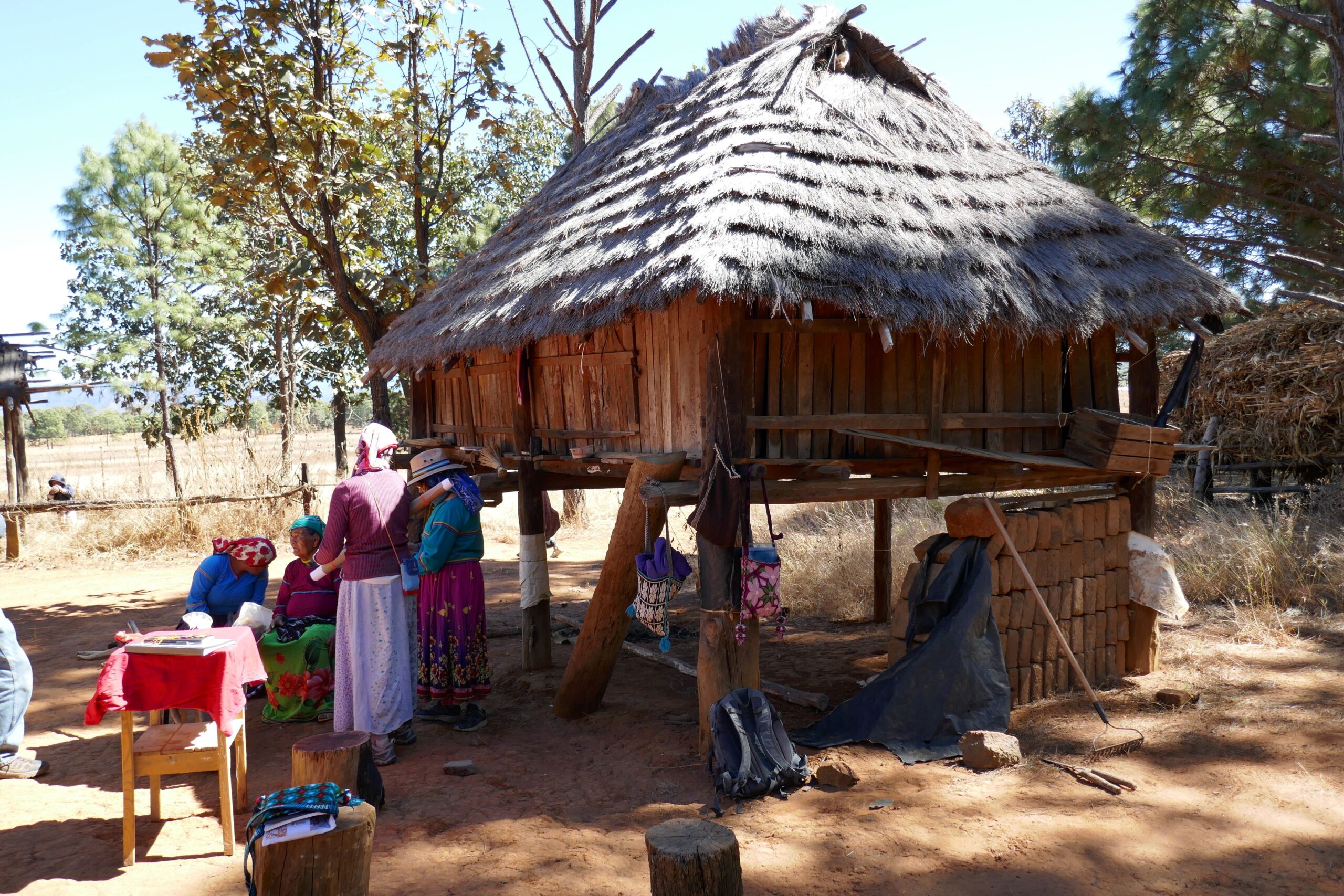
Figure 7. The interview took place in the shade of a corncrib or carretón.
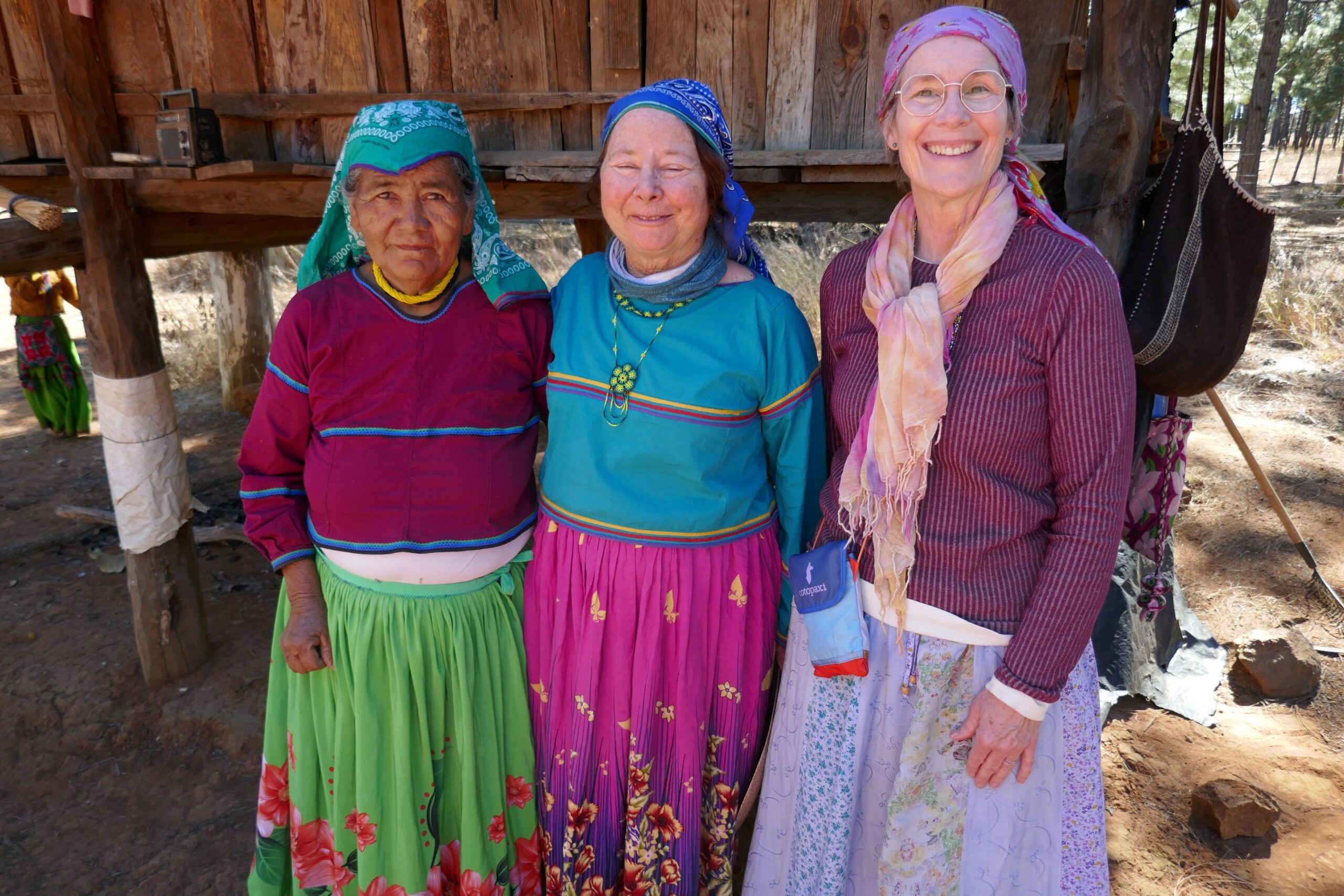
Figure 8. Estela, Stacy, and Carolyn.
#5 Tomasita
The next day, Estela arranged for us to meet with her aunt Tomasita. At the age of 100, Tomasita is still remarkably acute. When Carolyn unfurled the rendering of Fate Bell, she was visibly moved and immediately said, “these are our gods.” Estela and Tomasita spoke excitedly about the imagery as Estela translated their observations from Huichol to Spanish. Tomasita’s observations and interpretations of Fate Bell, Halo Shelter and White Shaman are opening doors into the imagery we never thought possible.
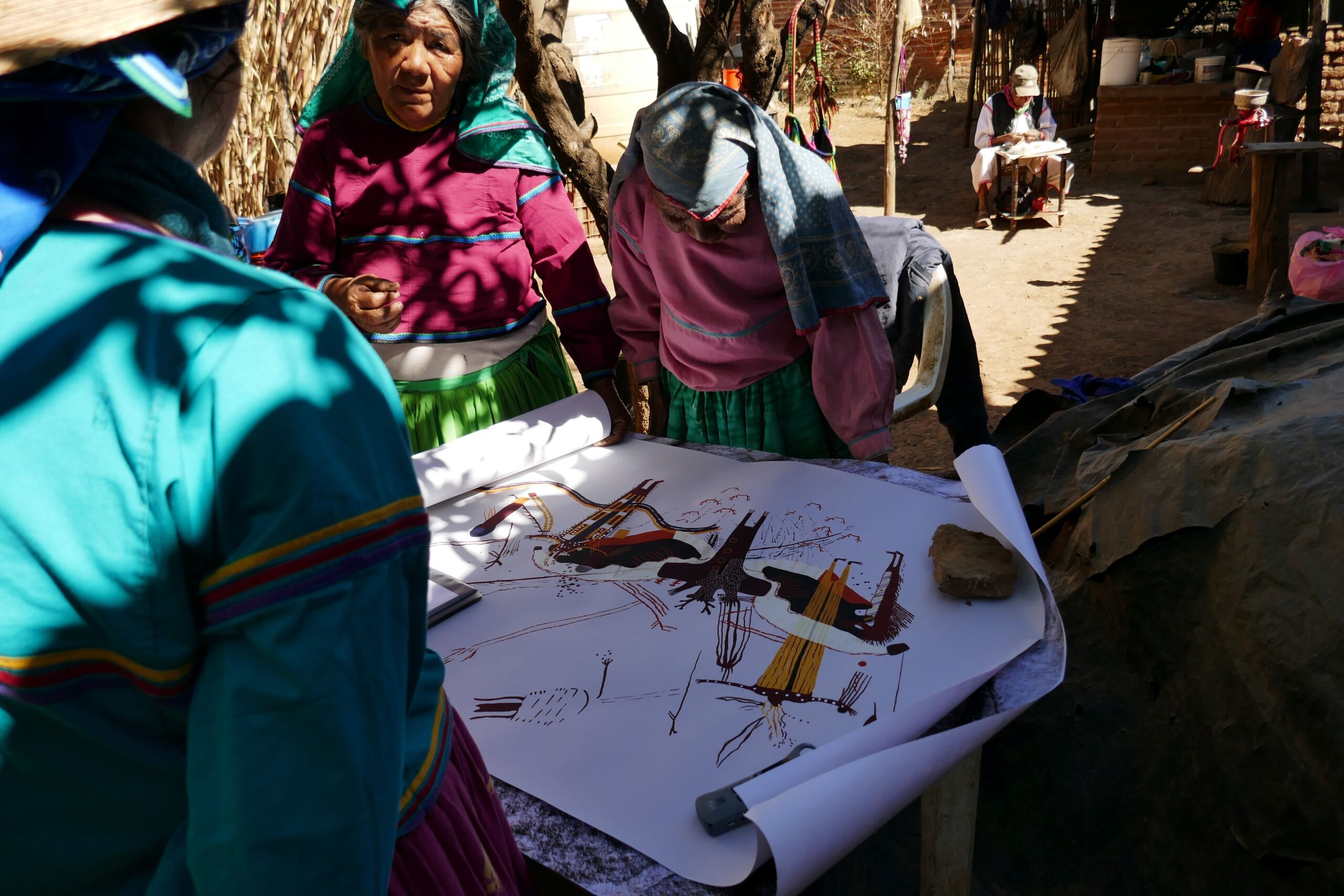
Figure 9. Tomasita examines the Fate Bell rendering.
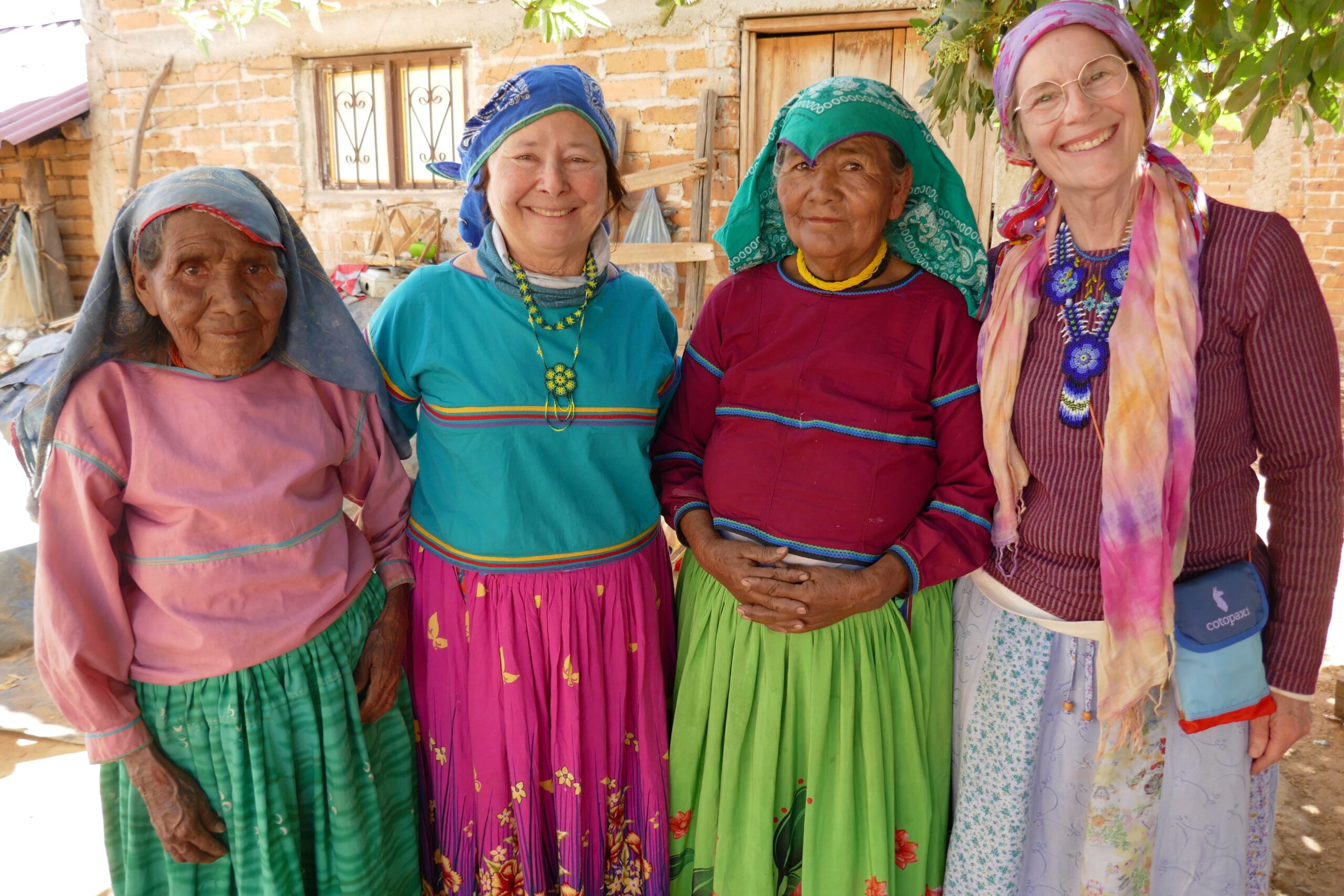
Figure 10. Tomasita, Stacy, Estela, and Carolyn.
#6 Jesús, yarn painter
Our sixth interview was with yarn painter Jesus and, as it turned out, much of his extended family. Jim knew him from previous visits to San Andrés. His son, Julio, who is a marakame and also a yarn painter, translated from Huichol to Spanish for us. This was a lively interview, bordering on chaos, with a lot of input from everyone. It did not help that Carolyn had been stung by a venomous scorpion the previous night and spent three hours hooked up to an I.V. receiving antivenin. Still, her field notes are pretty good! The recording yielded more information than we expected. Someday, when we can get the Huichol dialogue translated, it will likely prove to be a goldmine.
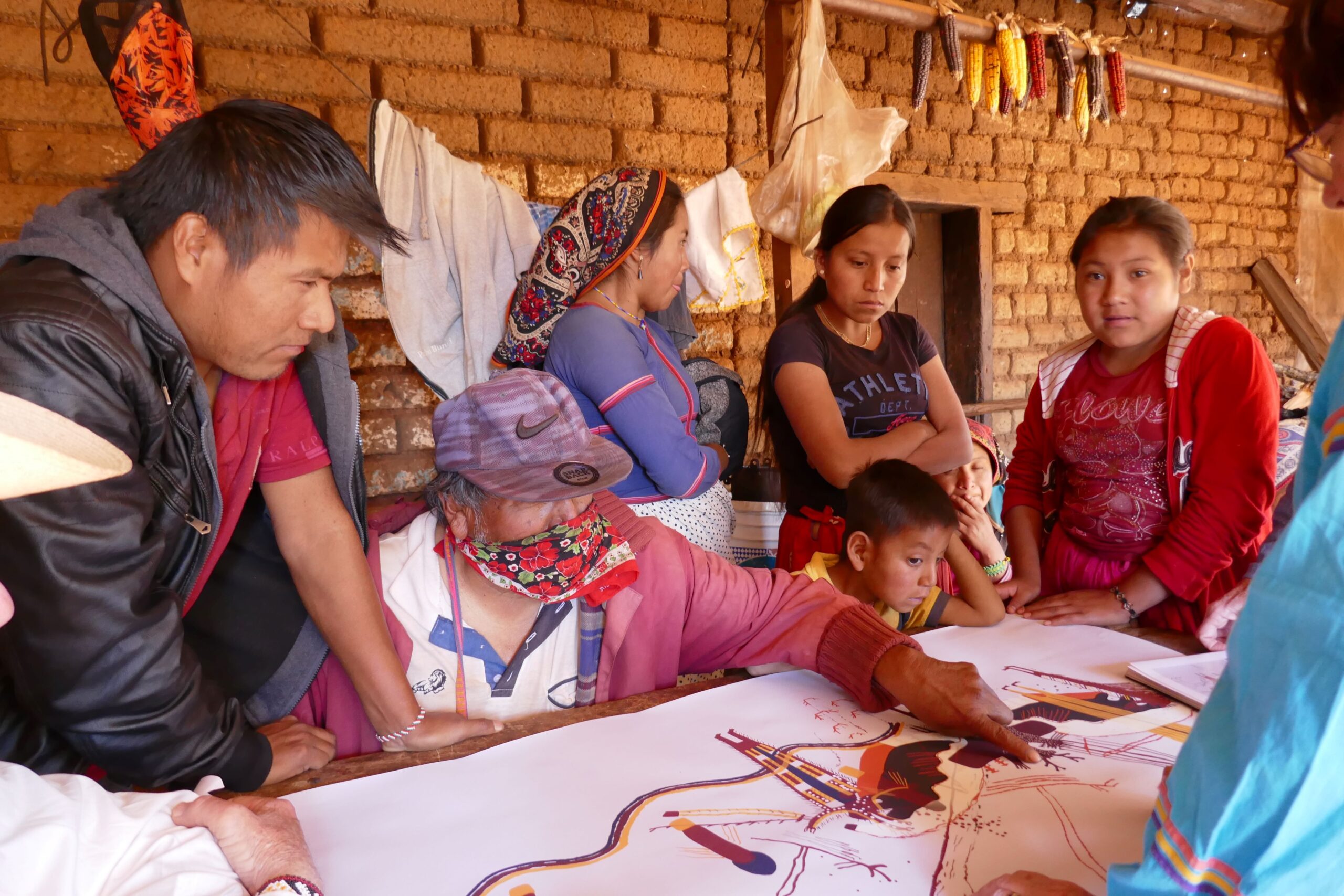
Figure 11. Jesús points to a figure on the rendering of the Fate Bell mural. His son, Julio, on the left, also provided useful input.
#7 Marakame Rafael
Our last evening in San Andrés, marakame Rafael walked into the compound of the ranch where we were staying. Rafael is the keeper of knowledge in the community. He is a powerful shaman and a world traveler. For this reason, we had been trying to find him for days. Despite the fact that Jim and Stacy have deep ties with his family, we could not locate him. It turns out that Rafael had been traveling and had just returned to town on the afternoon of our last day. We are so thankful that we were able to meet with him. Rafael was at ease reading the murals, comfortably relating the imagery to Huichol sacred stories and practices. His interview has provided a wealth of information that we will be unpacking for years to come.
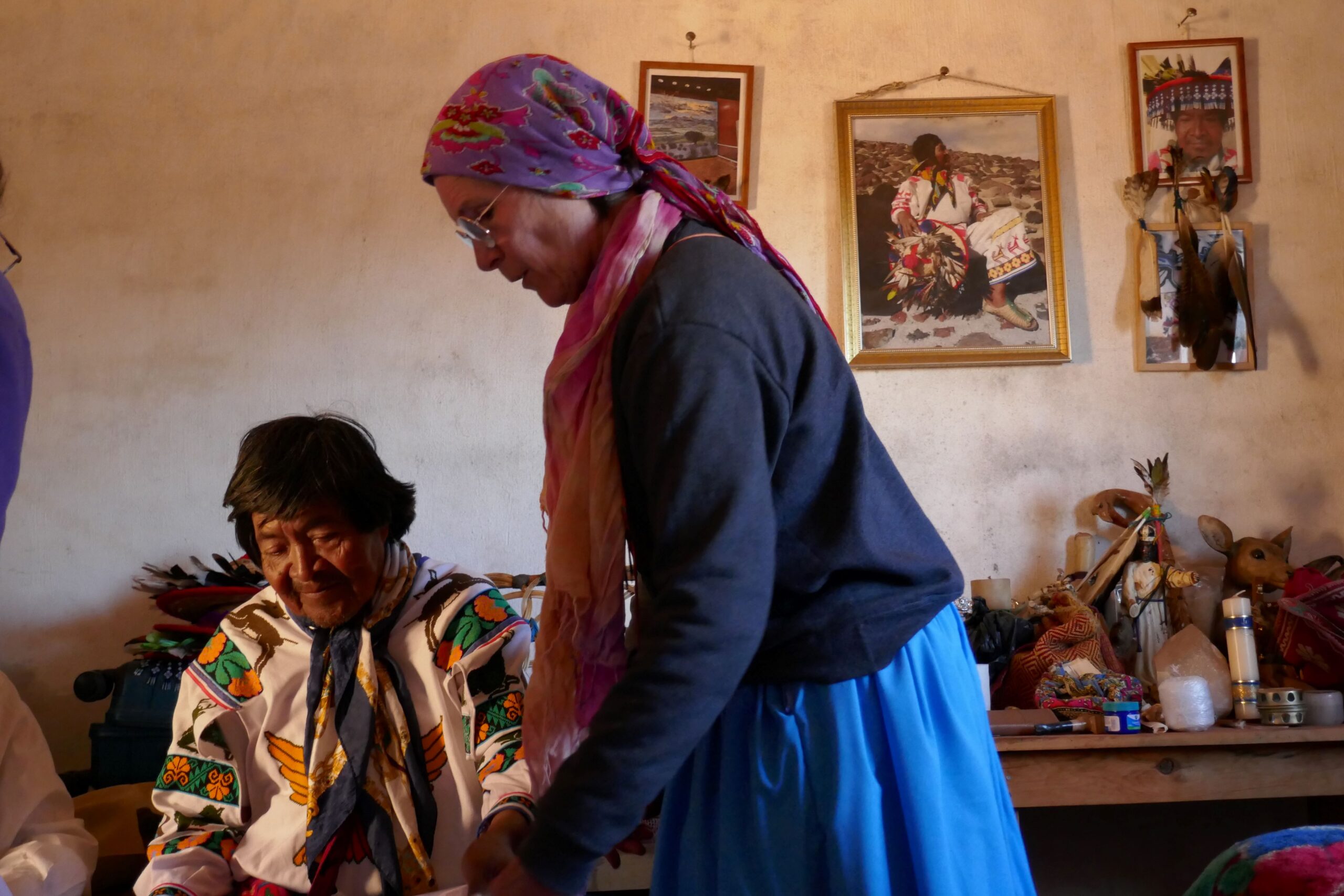
Figure 12. Carolyn opens a rendering of the Fate Bell mural for Rafael.
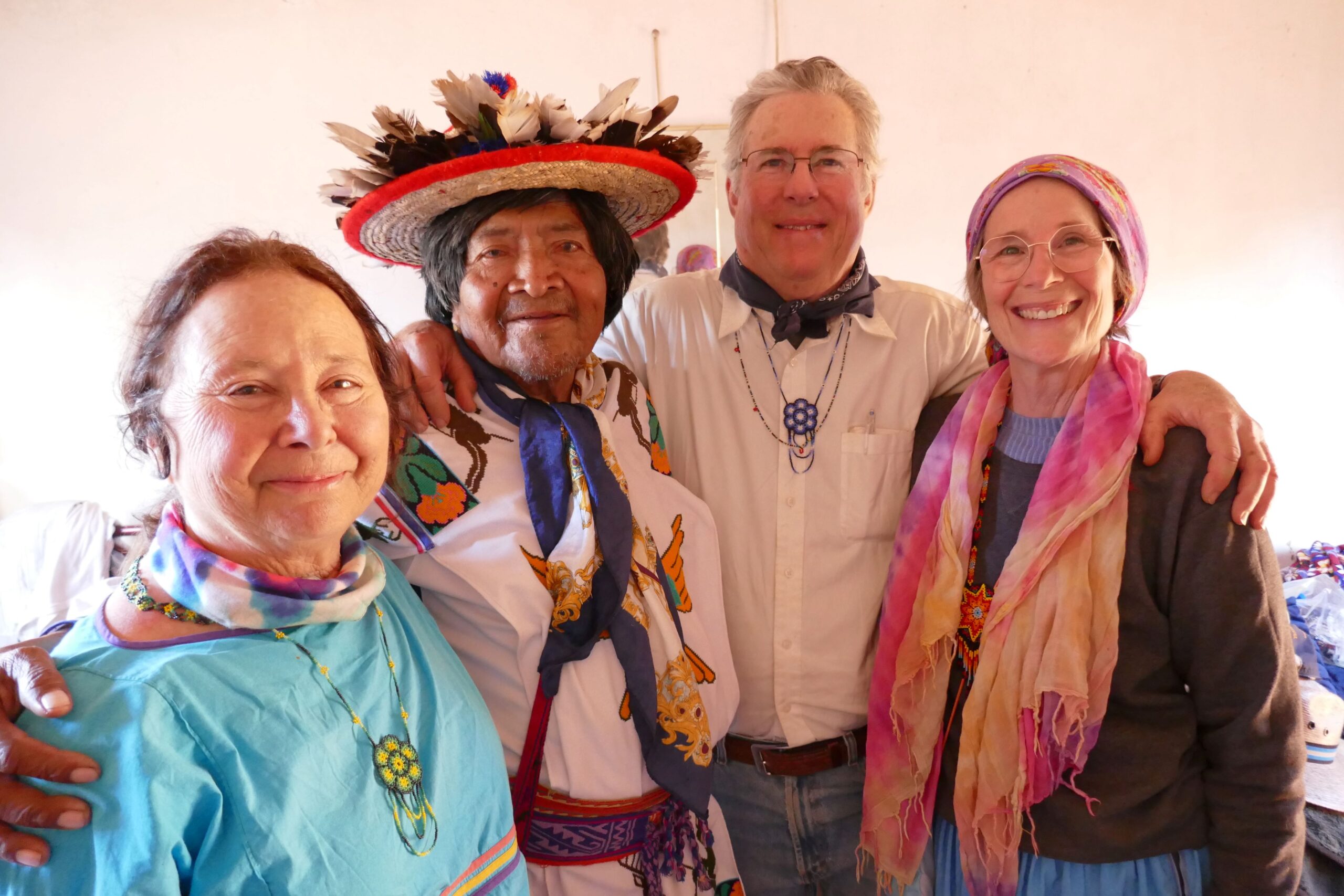
Figure 13. Stacy, Rafael, Jim, and Carolyn just after our final interview in the sierras.
The next morning, we began the challenging trip back to Tepic along rough roads through disputed cartel territory. It was quite the adventure. Our trip into the Sierras had been a success. We had collected over seven hours of audio recording and pages of field notes. And, of course, we had experiences that can’t be quantified. We will treasure these in our heart. It was hard to say goodbye to this beautiful community and host family. But, in all honesty, we were tired and, after two weeks, we were badly in need of a hot shower (or two or three) and a comfortable bed.
In the next blog, Processing and Organizing Data, we share what we did with all the data upon our return to the states!
